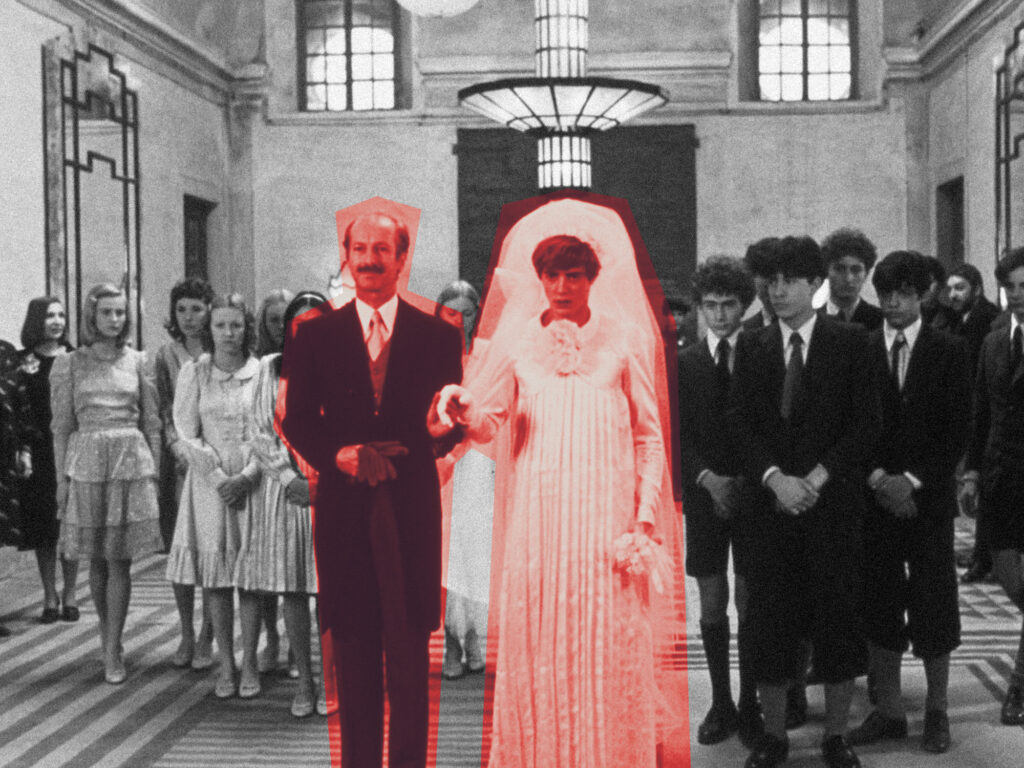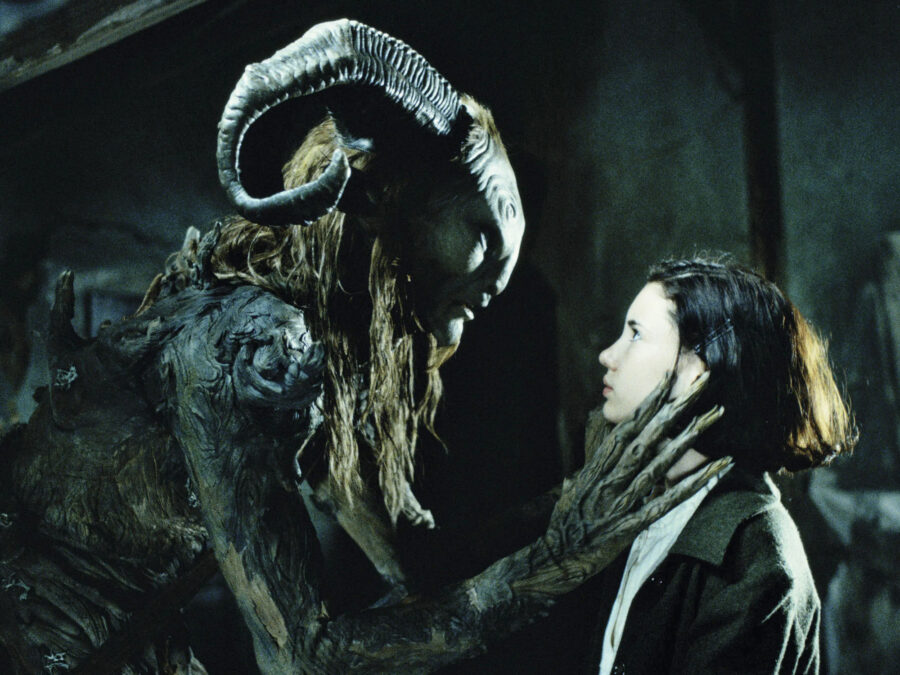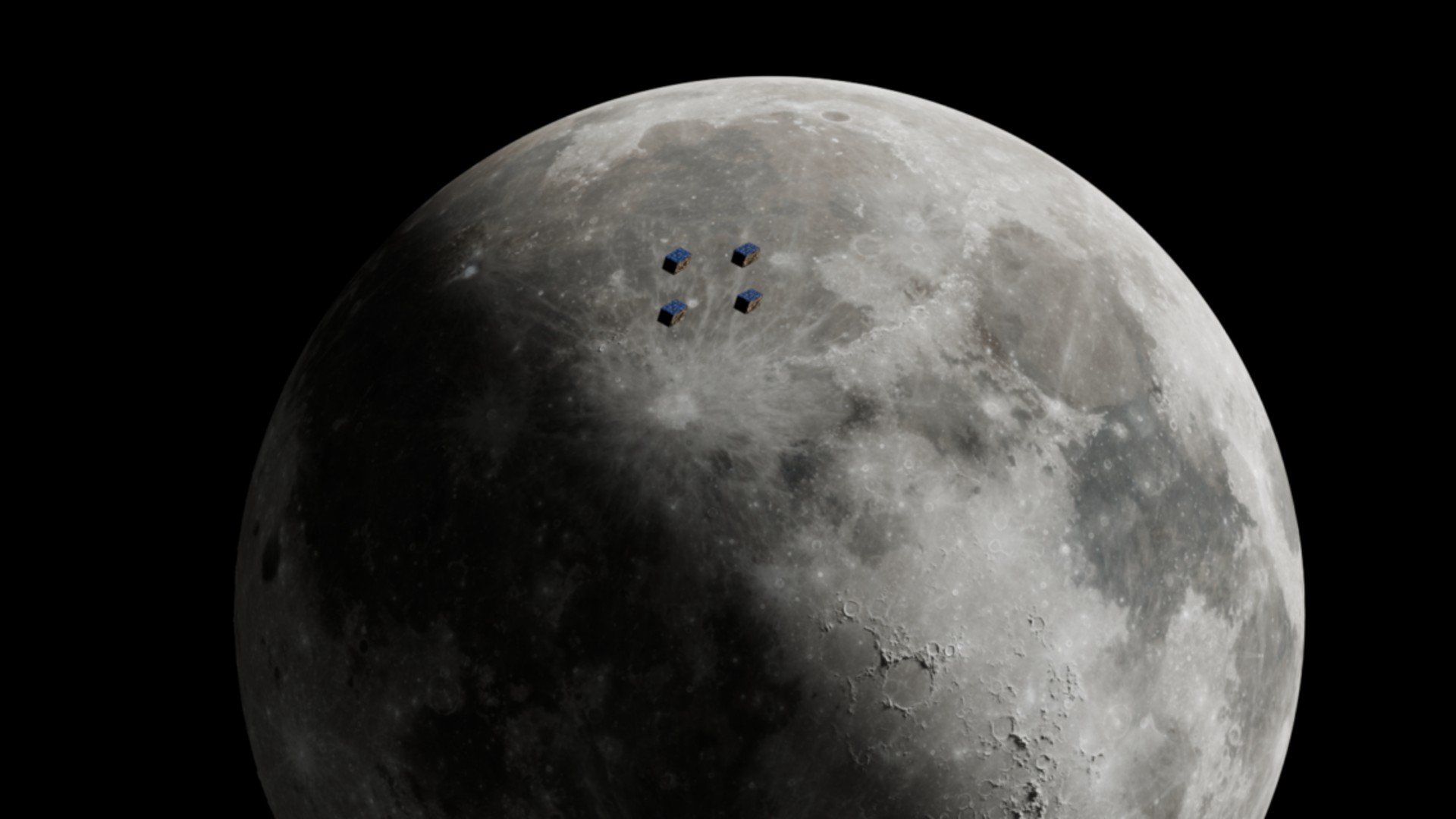Spectacles of suffering and fascism in cinema
Across the cinema of Pier Paolo Pasolini, Guillermo del Toro and Brady Corbet, the evils of fascism come to light in horrifying detail. The post Spectacles of suffering and fascism in cinema appeared first on Little White Lies.

There’s a scene in Salo, or the 120 Days of Sodom, Pier Paolo Pasolini’s final film, in which the characters – four debauched libertines, eight recruited men, four hired sex workers, and the young men and women brought to a secluded mansion by the corrupt quartet to be tortured – eat faeces. In a mock wedding reception for two people who have been forced to marry each other, everyone sits at tables in a vast dining room, and eats faeces. Many of them don’t complain; some make jokes, some flirt. This might be the scene in Salo that’s hardest to watch – and there are plenty to choose from – but it goes to the heart of what’s made the film morbidly compelling for decades now: the way it presents fascism on screen illustrates the violence and ugliness of the ideology, turning it into a spectacle of suffering.
At the core of Salo are the four libertines – The Duke, The Bishop, the Magistrate, and The President – who exercise their fascistic control through the torture of 18 victims (nine men and nine women), aided by collaborators who either tell stories of debauchery and suffering, or act as a violent fist for the four men. In Salo, the ugliness is the point; even the vastness of the dilapidated castle is stripped back and grey. The first shot of the film is the town of Salo itself (a fascist portion of Italy that was controlled by the Mussolini’s Nazi-backed puppet state from 1943-45) and those early images are shot through with Pasolini’s sense of pastoral beauty, as he prepares to reveal the violence lingering beneath the surface. When the victims are first rounded up and led into the castle, the camera lingers in the doorway; there’s a small rectangle of light and nature behind the characters, and the castle itself. Everything surrounding the doorway is pure darkness.
This approach to visuals – a contrast between the light of freedom and the darkness of fascism; an objective gaze cast over brutal violence – connects Salo to other, more contemporary films that use film to explore and critique fascism. These contrasts are at their most abundant in Guillermo Del Toro’s dark fairytale, Pan’s Labyrinth. The short-lived pastoral exteriors that open Salo are taken to extremes in the sprawling, magical landscapes visited by the young Ofelia as she seeks to escape the iron grip of her new stepfather, Vidal, a violent and cruel officer in the Civil Guard in Francoist Spain (parallel to Mussolini’s Italy, the setting of Salo). While the late-night adventures of Ofelia, and her encounters with magical creatures – the trickster-like Faun and terrifying Pale Man – del Toro presents escapism into fantasy as a response to fascism. Where Ofelia’s world is full of sweeping cinematography and fascinating, transforming landscapes, there’s an austerity to the way that Vidal is presented.
Pan’s Labyrinth is punctuated by bursts of violence enacted by Vidal; in one early scene that demonstrates his cruelty, he kills a local farmer by pounding in his face with the bottom of a bottle. The score is minimal here, with the emphasis on the dull, repetitive thudding against the farmer’s face. Del Toro illustrates that violence is not only a requirement for showing fascism on screen but, for all of the opulent visuals of his fantasy world, it isn’t something that can be aestheticised, but must be presented with stark, unforgiving reality. Even before Salo descends into its most depraved scenes, it does this; when a victim tries to run away before being taken to the castle, they’re shot dead by fascist soldiers. There’s no score, no ceremony to this death – it’s presented as the most natural thing in the world which, under the cold gaze of Pasolini’s libertines, it is.
There’s a starkness to the visual language of fascism in both of these films; whether in the simplicity that Del Toro shows us Vidal’s dedication to order in the ceremony of shaving, shining his boots, moulding himself into a good soldier, or the austerity of the mansion in Salo; for all of the scale in the mansion, the rooms lack decoration, and are often presented in black and white. It’s as if there were no way for visual adornment to exist alongside fascism. In Pan’s Labyrinth, Ofelia is first visited by the Fawn on the night that Vidal kills the farmer; her move into the fairytale world becoming a direct escape from the violence and ugliness of fascism. Salo, of course, offers no such escape, and instead the more it reveals the depravity of the libertines, the more they relish it, the more it becomes clear that the suffering is the point, the spectacle itself, with the declaration “that howling is the most exquisite thing I’ve ever heard.”

Alongside a continued exploration of violence, the libertines in Salo demonstrate the ways in which the ideology is able to exert control over people; there are several scenes in which the mansion becomes a microcosm for a fascist state. From the mock weddings that The Bishop officiates over, offering a perverse legitimacy to their actions, to the Black Mass that begins the film’s third section, ‘The Circle of Blood’, in which fascists and their collaborators – the young men hired to act as either Blackshirt soldiers or sexual “studs” at the beginning of the film – exchange rings with one another, in a mock wedding. The libertines are dressed in drag, and this ceremony becomes an overture to the film’s most violent sequences. But before this final bloodletting, the remaining victims all begin to turn on each other, betraying secrets in order to stay alive – everything from a photograph hidden under a pillow to one of the former collaborators having a secret lover, is fair game – and everyone who can’t provide a secret on someone else is put to death. It’s here that Pasolini reveals the endlessness of fascist violence; this is an ideology that cannot exist if it runs out of enemies, and so is more than willing to turn on those that were once loyal to it. Vidal does the same thing in Pan’s Labyrinth, shooting his own soldiers in the middle of combat after declaring “They were useless, they can’t walk.”
The contrast between the escapism of fairytales and the brutal reality of Francoist Spain in Pan’s Labyrinth carries with it an idea of childish innocence, something else that fascism can crush underfoot. In a conversation with her mother, Carmen, about the creatures that she’s seen, Ofelia is told “I believed in a lot of things I don’t believe in any more,” as if her childhood and belief in magic is something that won’t keep her safe forever. This feels mirrored in The Childhood of a Leader, Brady Corbet’s 2015 film that illustrates the coming-of-age of Prescott, a young boy, and how his world-view becomes contorted by fascism. For much of the film, Corbet approaches the onset of this ideology in a far-off, almost abstract way – the boy refusing to apologise for throwing rocks at other kids; temper tantrums; stubbornness – with it occasionally manifesting in much more stark, physical acts: the violation of his tutor, or, in the film’s final act (the film is structured around three of Prescott’s tantrums, which feels like a callback to the way Pasolini structures his film around three, Dante-like Circles) an explosion of violence. Because of course, the only way a journey towards fascism can end is with such an act.
In the epilogue to Childhood of a Leader, Corbet’s camera moves through the long corridors of a government building, as the machinery of the state thrums to life; there are long takes of domed roofs as the camera spirals, and a group of officials pass paperwork back and forth, each adding a signature: a Secretary, a Councillor, an Advisor, and a Deputy (like Pasolini before him, Corbet offers a quartet). They are waiting for their leader – the child, now grown – who emerges from his car to legions of adoring onlookers. But Corbet focuses on a child in the crowd, who looks up at Prescott; as if the rot that got into him is contagious.
Pasolini shows this too, in the cycle of betrayals and collaborations at the end of Salo. For all the violence and ugliness on display across these films, the characters are sometimes given the ability to look away – as the waltzing soldiers are in the final scene of Salo, talking about the girls they’ll come home to. But these films refuse to give the viewer that same ability, leaving us with the ugly spectacles of fascism – the militaristic precision, the violence, the desire to escape – and the fact that it can only ever be presented as itself; no metaphor or magic can contend with it, and the bitterness of all three endings asks us to think about what can be done in the face of such horrors.
The post Spectacles of suffering and fascism in cinema appeared first on Little White Lies.







































































